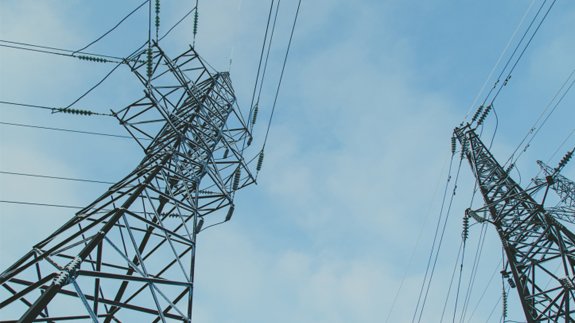The UK is unlikely to meet its target of generating 15% of renewable energy by the end of the decade.
That’s according to National Grid which has set out four different scenarios based on industry-wide stakeholder engagement and research, giving a glimpse into the nation’s possible energy future.
Consumer Power is a wealthy, market-driven world with limited government intervention, Gone Green is a wealthy scenario where environmental sustainability is the top priority, No Progression is a world focused on low cost solutions and Slow Progression is focused on long term environmental strategy.
They take into account different policy and economic landscapes to understand the potential impact of energy supply and demand.
The grid operator’s report reveals the 2020 target would be missed in all scenarios. It would only be reached in dates ranging from 2022 in Gone Green to 2029 in No Progression.
National Grid suggests “significant progress” is needed in the heating and transport sectors for the UK to meet its renewable target on time.
It states a 170% or 60TWh increase in renewable heat and 25TWh rise in renewable transport, above the current level of 14.5TWh, is needed to reach the goal.
Its scenarios also show a maximum installed capacity from storage technologies of around 18GW in 2040 as fossil fuel generation continues to decline and renewable capacity is increased. An extra 5GW is due to close this year.
The report adds three key technologies which will enable electricity decarbonisation are nuclear, renewables and carbon capture and storage (CCS).
It states: “The cost-optimal pathway utilised all three of these technologies: approximately 22GW of nuclear, 100GW of renewables and 20GW of CCS in 2050.”

Gas is expected to continue playing a key role in energy decarbonisation by providing flexible power generation and top-up heating over the long term. There could be up to 11GW of CCS-enabled gas-fired power station capacity by 2040, the grid operator adds.
In the Gone Green scenario, 70% of homes will still use gas for all, or part, of their heating requirements by 2030.
Marcus Stewart, Head of Energy Insights, National Grid, said: “Firstly, it is clear that our world is changing and we need to respond. We have seen significant change over the past year: renewable electricity generation growth rates, advancements in alternative sources of gas, innovation of new consumer technologies and more. This transformation is set to continue. Indeed it must and we cannot afford to delay advancement if we are to progress towards our environmental targets.
“Secondly, it is clear that components of our energy world are becoming increasingly interlinked. The role and use of our gas and electricity systems are increasingly connected. These changes demand a new, more flexible way of thinking and create opportunities for innovation across the energy industry.”
DECC said the National Grid scenarios are hypothetical and the UK “continues to make progress towards the target”.
A spokesperson added: “Our priority is providing secure, affordable and clean energy for UK consumers and businesses. This means investing now in an energy infrastructure fit for the 21st century while still meeting our renewable energy commitments.
“Importantly, our commitment to an ambitious 80% emissions reduction by 2050 remains resolute and last year renewables provided nearly one quarter of the UK’s electricity generation, outperforming coal for the first time.”





